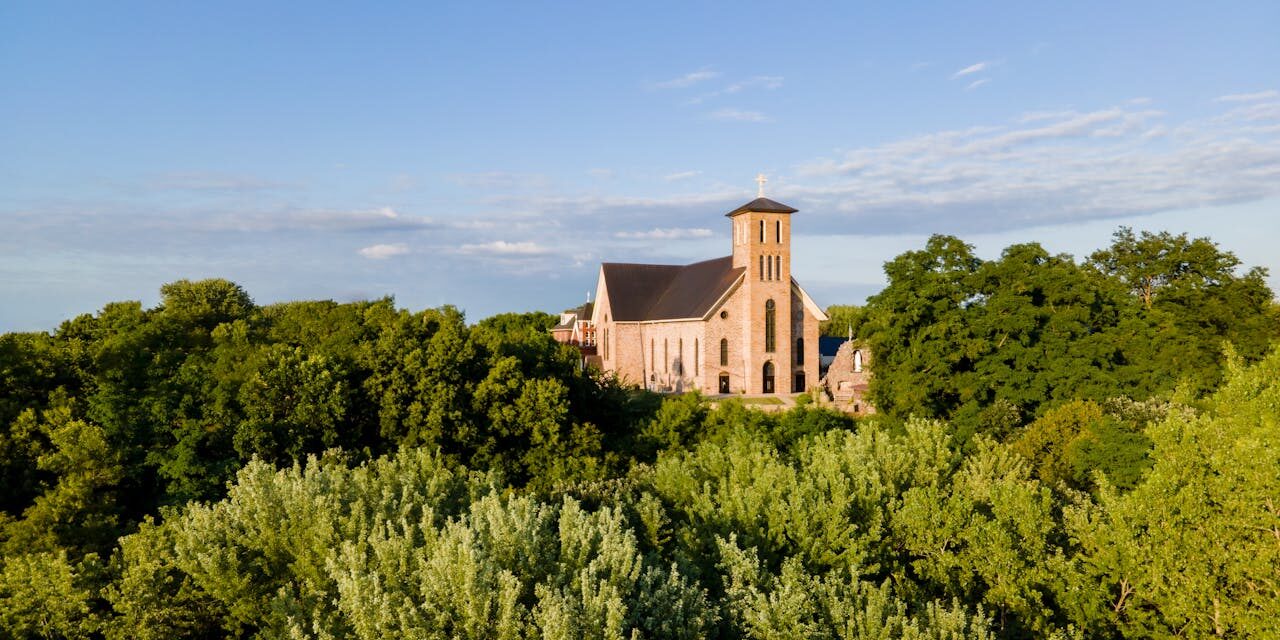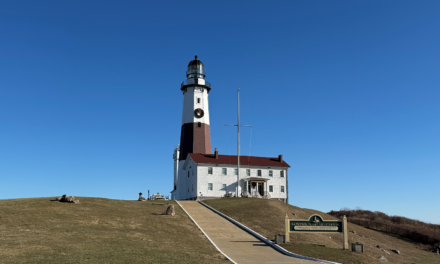Wisconsin, known as the “Badger State,” has a rich history shaped by diverse cultural influences and significant events.
From early Native American inhabitants and European exploration to its role in American industry and agriculture, Wisconsin’s past is integral to understanding its present.
Below, we explore the history of Wisconsin, highlighting its foundation, major historical events, and notable landmarks.
Table of Contents
Early History
Indigenous Inhabitants and European Exploration
Before European settlers arrived in the area, Wisconsin was home to various Native American tribes, including the Menominee, Ojibwe (Chippewa), Potawatomi, Ho-Chunk (Winnebago), and Sauk and Fox tribes.
- These tribes developed complex societies with rich cultural traditions, agriculture, and extensive trade networks.
- French explorers, including Jean Nicolet in 1634, were among the first Europeans to explore the region, establishing fur trade routes with Native American tribes.
The indigenous peoples and early European explorers laid the groundwork for future settlements in Wisconsin.
Territorial Period and Settlement
Wisconsin became part of the United States through the Northwest Ordinance of 1787 and was organized as the Wisconsin Territory in 1836.
- The region attracted settlers with its fertile land and abundant natural resources.
- Wisconsin’s first capital was Belmont, but it was moved to Madison in 1837 due to its central location.
These developments were crucial in shaping Wisconsin’s demographic and cultural landscape.
Key Historical Events
Statehood and Early Development
Wisconsin was admitted and allowed to participate in the Union as the 30th state on May 29, 1848.
- Early economic activities included logging, mining, and agriculture, which became central to the state’s economy.
- The establishment of dairy farming in the late 19th century led to Wisconsin becoming a leading dairy producer for the country, earning it the nickname “America’s Dairyland.”
Statehood marked a new era of political and economic growth for Wisconsin.
The Civil War and Industrialization
During the Civil War, Wisconsin was a strong Union supporter, contributing over 90,000 troops to the war effort.
- Post-war, Wisconsin experienced rapid industrialization, particularly in the brewing, lumber, and manufacturing industries.
- Milwaukee became known for its breweries, producing some of the nation’s most famous beers.
These developments laid the foundation for Wisconsin’s modern economy.
The Progressive Era and Social Reforms
In the early 20th century, Wisconsin became a center for progressive political reforms under leaders like Robert M. La Follette.
- The state implemented pioneering labor laws, environmental conservation efforts, and educational reforms.
- The University of Wisconsin-Madison became a hub for research and innovation.
The Progressive Era significantly shaped Wisconsin’s social and political landscape.
Notable Landmarks
Wisconsin State Capitol
Located in Madison, the Wisconsin State Capitol is an architectural marvel and a hub of state government.
- The building features a distinctive dome and houses the Wisconsin Legislature inside, the Supreme Court, and the Office of the Governor.
The Wisconsin State Capitol symbolizes the state’s political heritage.
Wisconsin Dells
Known as the “Waterpark Capital of the World,” Wisconsin Dells offers stunning natural scenery and numerous recreational opportunities.
- The area features unique sandstone formations, boat tours, and family-friendly attractions.
Wisconsin Dells highlights the state’s natural beauty and tourism industry.
Harley-Davidson Museum
Located in Milwaukee, the Harley-Davidson Museum showcases the history of the iconic motorcycle brand.
- The museum features exhibits on the company’s history, vintage motorcycles, and interactive displays.
The Harley-Davidson Museum is a testament to Wisconsin’s industrial heritage.
Governance
State Government
Wisconsin operates under a constitution adopted in 1848.
- The state government comprises the Executive, Legislative, and Judicial branches.
- The governor, currently Tony Evers, leads the executive branch.
The state government addresses the needs of Wisconsin’s diverse population and manages its resources effectively.
Local Government
Wisconsin’s local government structure includes counties, cities, and towns.
- Each level of government is responsible for services such as education, public safety, and infrastructure.
- Local governance ensures that the diverse needs of Wisconsin’s communities are met.
Effective local governance contributes to the overall well-being of the state’s residents.
Demographics and Growth
Population
As of 2023, Wisconsin’s population was approximately 5.9 million. The state’s demographic makeup reflects its history of European immigration, particularly from Germany, Poland, and Scandinavia.
Diverse demographics and steady growth reflect Wisconsin’s appeal as a place to live and work.
Education and Economy
Wisconsin is home to several prominent educational institutions, including the University of Wisconsin System and Marquette University.
- The state’s economy is diverse, with key sectors including manufacturing, agriculture, healthcare, and tourism.
- Wisconsin is also known for its contributions to research and innovation, particularly in the dairy industry.
These factors contribute to the state’s economic resilience and cultural vibrancy.
State of Wisconsin Q&A
Q: When did Wisconsin become a state?
A: Wisconsin was admitted to the Union as the 30th state on May 29, 1848.
Q: Who were the original inhabitants of Wisconsin?
A: The original inhabitants of Wisconsin included various Native American tribes that were there first such as the Menominee, Ojibwe (Chippewa), Potawatomi, Ho-Chunk (Winnebago), and Sauk and Fox tribes. These tribes had rich cultures and established societies with extensive trade networks.
Q: What significant role did Wisconsin play during the Civil War?
A: Wisconsin was a strong Union supporter during the Civil War, contributing over 90,000 troops to the war effort. The state also became a center for progressive political reforms in the early 20th century.
Q: What are some notable historical landmarks in Wisconsin?
A: Notable landmarks include the Wisconsin State Capitol, Wisconsin Dells, and the Harley-Davidson Museum. These sites highlight Wisconsin’s political heritage, natural beauty, and industrial history.
Q: How is Wisconsin governed?
A: Wisconsin operates under a constitution adopted in 1848, with an Executive, Legislative, and Judicial branch. The governor leads the executive branch, and local governance is managed by counties, cities, and towns.
Q: What is the current population of Wisconsin?
A: As of 2023, Wisconsin’s population was approximately 5.9 million. The state continues to attract residents with its diverse culture, educational opportunities, and economic resilience.
Wisconsin’s rich history and commitment to cultural preservation make it a unique and vibrant state. By protecting its historical landmarks and fostering growth across various industries, Wisconsin honors its past while looking forward to a prosperous future.





